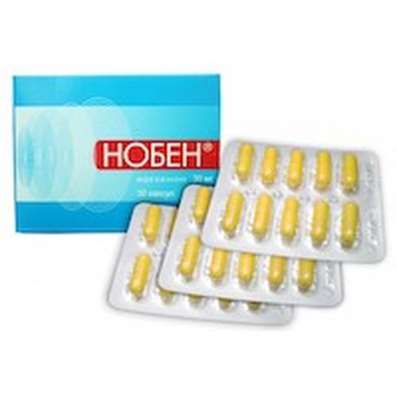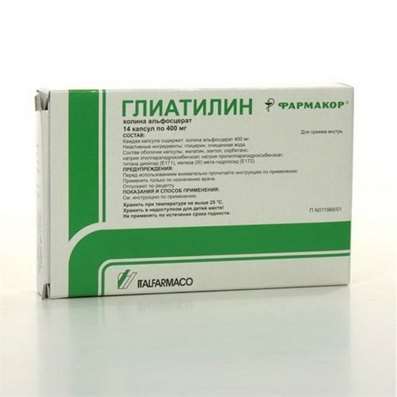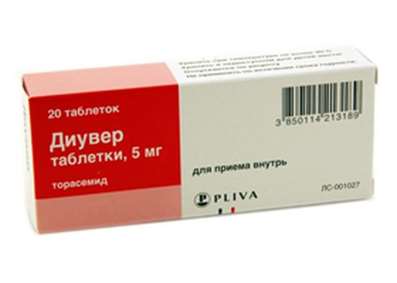Instruction for use: Carvedilol
I want this, give me price
Trade name of the drug – Carvedilol
Dosage Form: tablets
Composition (per tablet): in blisters of 10 pcs .; in a stack of cardboard 3 packaging.
Excipients: milk sugar; sucrose; polyvidone K25; crospovidone; methylcellulose; croscarmellose sodium
Pharmacotherapeutic group: Alpha- and beta-blockers
ATC C07AG02 Carvedilol
The nosological classification (ICD-10)
I10 Essential (primary) hypertension: hypertension; Arterial hypertension; Arterial hypertension crisis course; Essential Hypertension; Essential hypertension; Essential hypertension; Essential hypertension; Essential hypertension; Primary hypertension; Arterial hypertension, complications of diabetes; The sudden increase in blood pressure; Hypertensive disorders of blood circulation; hypertensive condition; hypertensive crises; arterial Hypertension; malignant Hypertension; Hypertonic disease; hypertensive crises; accelerated hypertension; malignant hypertension; The aggravation of hypertensive disease; Transient hypertension; Isolated systolic hypertension
I15 Secondary hypertension: Arterial hypertension, complications of diabetes; hypertension; The sudden increase in blood pressure; Hypertensive disorders of blood circulation; hypertensive condition; hypertensive crises; hypertension; arterial Hypertension; malignant Hypertension; hypertensive crises; accelerated hypertension; malignant hypertension; The aggravation of hypertensive disease; Transient hypertension; hypertension; Arterial hypertension; Arterial hypertension crisis course; renovascular hypertension; Hypertension symptomatic; Renal hypertension; Renovascular hypertension; renovascular hypertension; Symptomatic hypertension
I20 Angina [angina]: Heberden disease; Angina pectoris; The attack of angina pectoris; recurrent angina; Spontaneous angina; Stable angina pectoris; Angina rest; Angina progressing; Angina mixed; Angina spontaneous; stable angina; Chronic stable angina; Angina Syndrome X
Pharmacological Properties of Carvedilol
Pharmachologic effect - Mode of action - antianginal, antiarrhythmic, vasodilating.
Blocks alpha 1, beta1- and beta2-adrenergic receptors. It does not own sympathomimetic activity, it has membrane stabilizing properties. It has an antioxidant effect, eliminating oxygen free radicals.
Pharmacodynamics
Reduces round, reduces pre- and afterload on the heart. It does not have a pronounced effect on lipid metabolism and the content of potassium, sodium and magnesium in the blood plasma. Pharmacokinetics
Quickly and almost completely absorbed from the gastrointestinal tract. Associated with the plasma protein by 98-99%. Bioavailability - about 25% of the high degree of metabolism in the liver. The metabolites have a beta-adrenoceptor blocking properties. Food delays absorption, but it does not affect the bioavailability. Plasma concentration is proportional to the dose. Cmax in plasma is reached after 1 hour, T1 / 2 -. 6-10 hours Write mainly in the bile..
In elderly patients, approximately 50% higher plasma concentration than in younger. If abnormal liver function may increase the bioavailability of up to 80%. It passes through the placental barrier, excreted in breast milk.
Indications for Carvedilol
Arterial hypertension (monotherapy or in combination with other antihypertensive drugs), stable angina.
Contraindications for Carvedilol
Hypersensitivity, chronic obstructive lung disease, severe liver failure, bradycardia, sick sinus syndrome, AV block II and III degree (except for patients with a pacemaker), decompensated heart failure, pulmonary hypertension, or cardiogenic shock, hypotension, pregnancy, breast feeding, age and 18 years of age (safety and efficacy in patients under 18 years has not been established).
Pregnancy and breast-feeding
Contraindicated. At the time of treatment should stop breastfeeding.
Carvedilol Dosage and Administration
Inside, after a meal with a small amount of liquid. The dose is adjusted individually.
Hypertension: the recommended dose in the first 7-14 days - 12.5 mg / day in the morning after breakfast, or divided into 2 doses at 6.25 mg, then - 25 mg / day, once in the morning or divided into 2 doses 12.5 mg . After 14 days, the dose can be increased again.
Stable Angina: initial dose - 12.5 mg 2 times a day for 7-14 days under the supervision of a physician the dose may be increased to 25 mg two times a day. After 14 days in case of insufficient efficacy and tolerability the dose can be further increased. The total daily dose should not exceed 100 mg (50 mg 2 times a day), in the age of 70 - 50 mg / day (25 mg, 2 times a day).
When skipping the next dose of the drug should be taken as soon as possible, but if the time is approaching for your next dose, take only that it, without doubling. If necessary, discontinuation of the drug dose reduction should be performed gradually over 1-2 weeks.
Side effect of Carvedilol
From the nervous system and sensory organs: headache, dizziness, syncope, muscle weakness (most often at the beginning of treatment), sleep disturbances, depression, paresthesia, reduced secretion of tear fluid.
Cardio-vascular system and blood (blood, hemostasis): bradycardia, AV block, orthostatic hypotension, rarely - "intermittent" claudication, a violation of the peripheral circulation, the progression of heart failure, thrombocytopenia, leukopenia.
From the respiratory system: sneezing, nasal congestion, bronchospasm, dyspnea (in predisposed patients).
From the digestive tract: dry mouth, nausea, vomiting, abdominal pain, diarrhea or constipation, increased activity of hepatic transaminases.
From the urinary system: severe renal dysfunction, edema.
For the skin: worsening of psoriatic lesions.
Allergic reactions: rash, urticaria, pruritus, rash.
Other: flu-like symptoms, pain in extremities, weight gain.
Overdose of Carvedilol
Symptoms: marked reduction of blood pressure, bradycardia, disturbance of respiratory function (including bronchoconstriction), heart failure, cardiogenic shock, cardiac arrest.
Treatment: gastric lavage, the appointment of adrenergic agonists; symptomatic therapy.
Interaction
Increases the effect of hypoglycemic agents, increases the concentration of digoxin in the blood. Some antiarrhythmic drugs, anesthetic agents, antihypertensive, antianginal agents, other beta-blockers (in Vol. H. In the form of eye drops), MAO inhibitors, sympatholytic (reserpine), cardiac glycosides can increase the effect. Cimetidine increases the concentration of carvedilol in the blood; rifampicin, phenobarbital - reduce. Concomitant use of ergot alkaloids to worsen peripheral circulation. Incompatible with the / in the introduction of verapamil and diltiazem (possibly pronounced slowing heart rate and lowering blood pressure expressed).
SPECIAL INSTRUCTIONS for Carvedilol
Without prior consultation of the doctor not to stop taking the drug and did not change its dosage. When interruption of treatment for 2 weeks or more to resume therapy should be with the lowest doses. If there is no therapeutic effect or deterioration should consult a doctor.
Should not be used during the drivers of vehicles and people skills relate to the high concentration of attention.
Manufacturer
Makiz Pharma, Russia.
Storage conditions of Carvedilol
In a dry, dark place at a temperature no higher than 25 ° C.
Keep out of the reach of children.
Shelf life
3 years.
Do not use beyond the expiration date printed on the package.
Conditions of supply of pharmacies
On prescription.

 Cart
Cart





